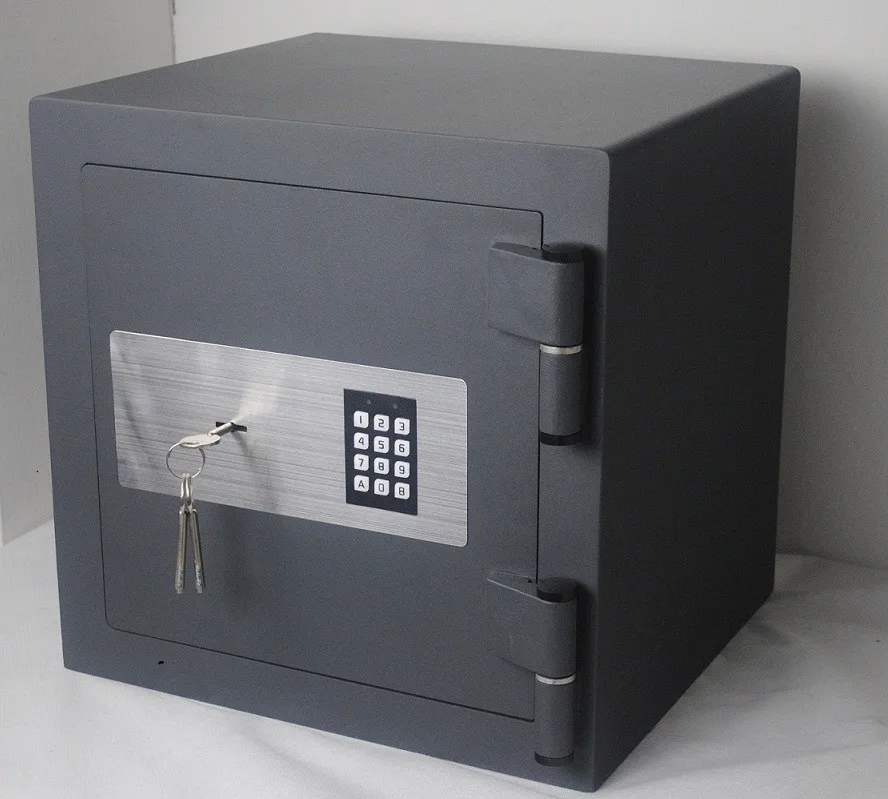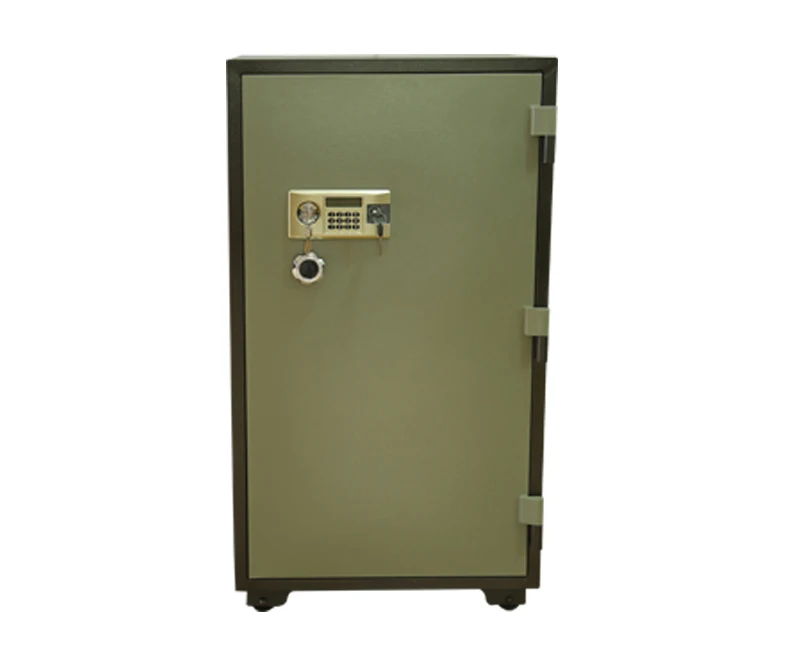

These types of enclosures can be rated for periods of ½-, 1-, 2- and 4-hour durations. These devices are intended to provide protection to one or more types of records as evidenced by the assigned Class rating or ratings Class 350 for paper, Class 150 for microfilm, microfiche other and photographic film and Class 125 for magnetic media and hard drives. Valuables are placed in these hidden safes, which are themselves placed inconspicuously (for example, a book would be placed on a book shelf).įire resistant record protection equipment consists of self-contained devices that incorporate insulated bodies, doors, drawers or lids, or non-rated multi-drawer devices housing individually rated containers that contain one or more inner compartments for storage of records. It is often possible to open a safe without access to the key or knowledge of the combination this activity is known as safe-cracking and is a popular theme in heist films.Ī diversion safe, or hidden safe, is a safe that is made from an otherwise ordinary object such as a book, a candle, a can, or wall outlet. Smart safes as part of an automated cash handling system.Type of lock (e.g., combination, key, time lock, electronic locking).


In the 17th century, in northern Europe, iron safes were sometimes made in the shape of a barrel, with a padlock on top. These sheet-iron money chests served as the models for mass-produced cash boxes in the 19th century. In the 16th century, blacksmiths in southern Germany, Austria, and France first forged cash boxes in sheet iron. It was made of wood and consisted of a locking system resembling the modern pin tumbler lock.

The first known safe dates back to the 13th century BC and was found in the tomb of Pharaoh Ramesses II. A less secure version (often used to hold petty cash) is usually called a cash-box. One significant distinction between types of safes is whether the safe is secured to a wall or structure or if it can be moved around. Bank teller safes typically are secured to the counter, have a slit opening for dropping valuables into the safe without opening it, and a time-delay combination lock to foil thieves. The body and door may be cast from metal (such as steel) or formed out of plastic through blow molding. A safe is usually a hollow cuboid or cylinder, with one face being removable or hinged to form a door. It is designed to be bolted to a concrete floor.Ī safe (also called a strongbox or coffer) is a secure lockable enclosure used for securing valuable objects against theft or fire. Basic steel safe with an electronic lock. This type of safe provides protection against fire only, not burglary. JSTOR ( June 2013) ( Learn how and when to remove this template message)Ī typical home safe, which is portable.Unsourced material may be challenged and removed. Please help improve this article by adding citations to reliable sources. This article needs additional citations for verification.


 0 kommentar(er)
0 kommentar(er)
